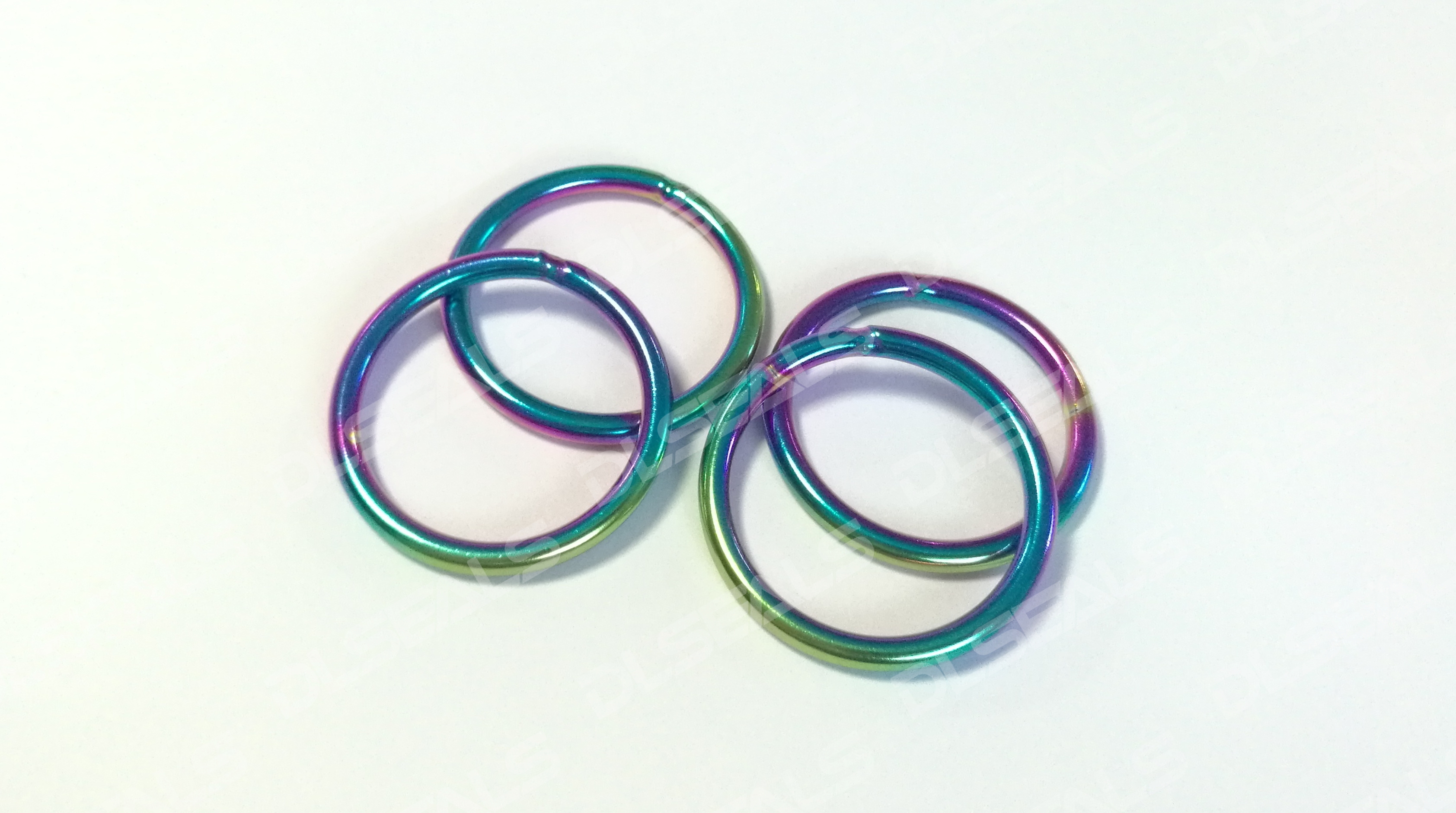1. Introduction
Metal seals are widely used in aerospace, nuclear power, petrochemical and other fields, and their performance directly affects the safety and reliability of equipment. However, under extreme conditions such as high temperature, high pressure, and strong corrosion, metal seals face complex stress states and environmental factors, and are prone to failure, leading to equipment leakage or even catastrophic accidents. Therefore, in-depth research on the failure mechanism of metal seals under extreme conditions and the establishment of an accurate life prediction model are of great significance for ensuring the safe operation of equipment.
2. Failure mechanism of metal seals under extreme conditions
The failure mechanism of metal seals under extreme conditions is complex and diverse, mainly including the following:
2.1 Fatigue fracture: Under the action of alternating loads, cracks initiate on the surface or inside of the metal seal and gradually expand, eventually leading to fracture failure. Fatigue fracture is one of the most common failure forms of metal seals.
2.2 Creep failure: Under high temperature and continuous stress, the metal seal undergoes slow plastic deformation, eventually leading to failure. Creep failure is the main failure form of metal seals under high temperature environment.
2.3 Stress corrosion cracking: Under the combined action of tensile stress and corrosive medium, cracks initiate on the surface of metal sealing rings and expand rapidly, leading to brittle fracture. Stress corrosion cracking is the main failure form of metal sealing rings in corrosive environments.
2.4 Other failure forms: It also includes wear, fretting wear, hydrogen embrittlement and other failure forms.
3. Life prediction model of metal sealing rings
In order to accurately predict the life of metal sealing rings, researchers have proposed a variety of life prediction models, mainly including:
3.1 Life prediction model based on fracture mechanics: This model is based on linear elastic fracture mechanics or elastic-plastic fracture mechanics theory, and predicts the life of metal sealing rings by analyzing crack propagation behavior.
3.2 Life prediction model based on damage mechanics: This model regards the damage process of metal sealing rings as a continuous process and predicts its life by establishing a damage evolution equation.
3.3 Life prediction model based on machine learning: This model uses machine learning algorithms to establish a life prediction model for metal sealing rings by analyzing a large amount of experimental data.
4. Conclusion and Prospect
The failure mechanism of metal seals under extreme working conditions is complex, and its life prediction needs to consider multiple factors. In the future, the following research needs to be further carried out:
4.1 In-depth study of the failure mechanism of metal seals under multi-field coupling.
4.2 Develop a more accurate life prediction model to improve prediction accuracy and reliability.
4.3 Develop health monitoring technology for metal seals to achieve real-time monitoring and early warning of their operating status.
Post time: Feb-07-2025

